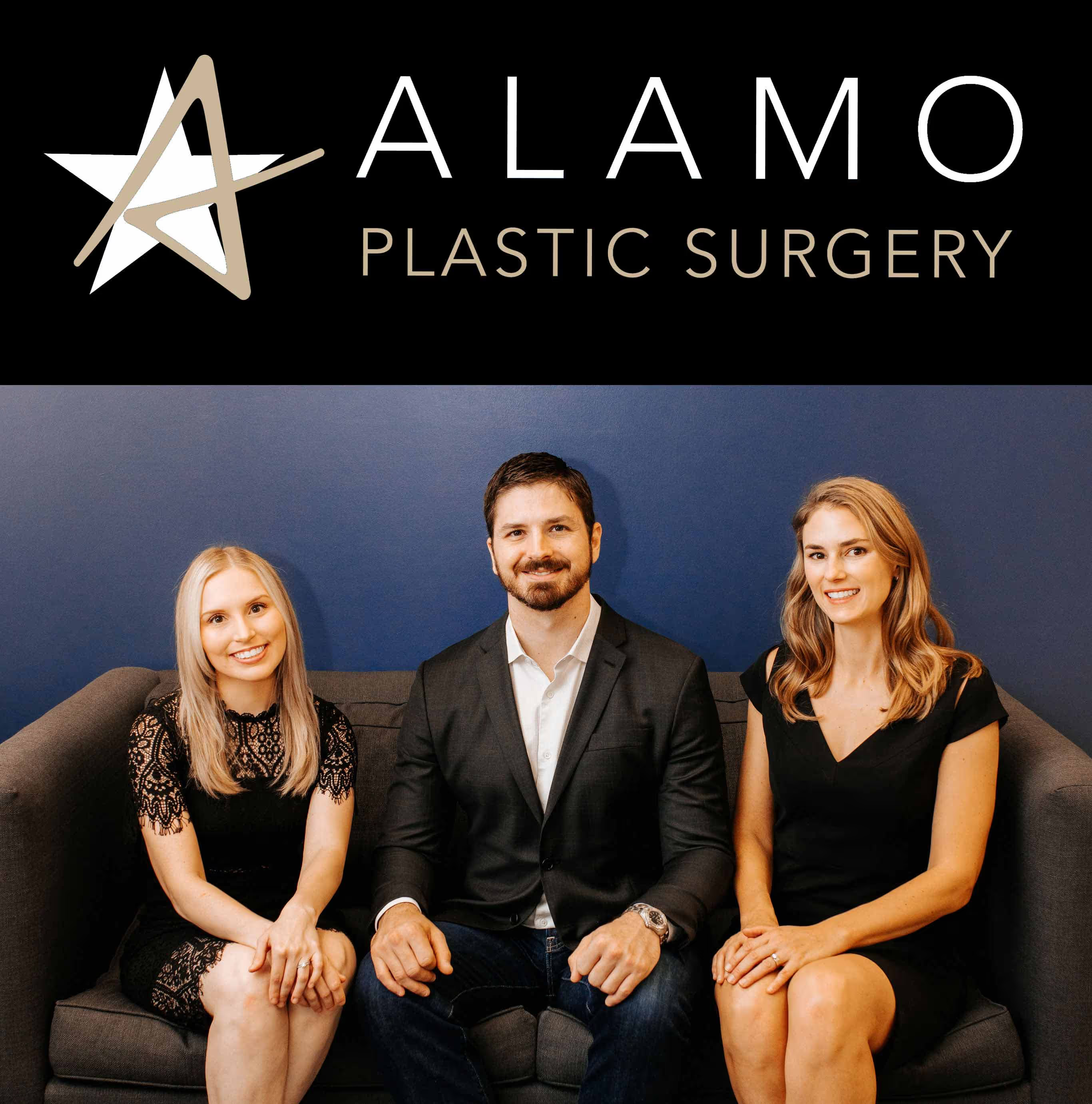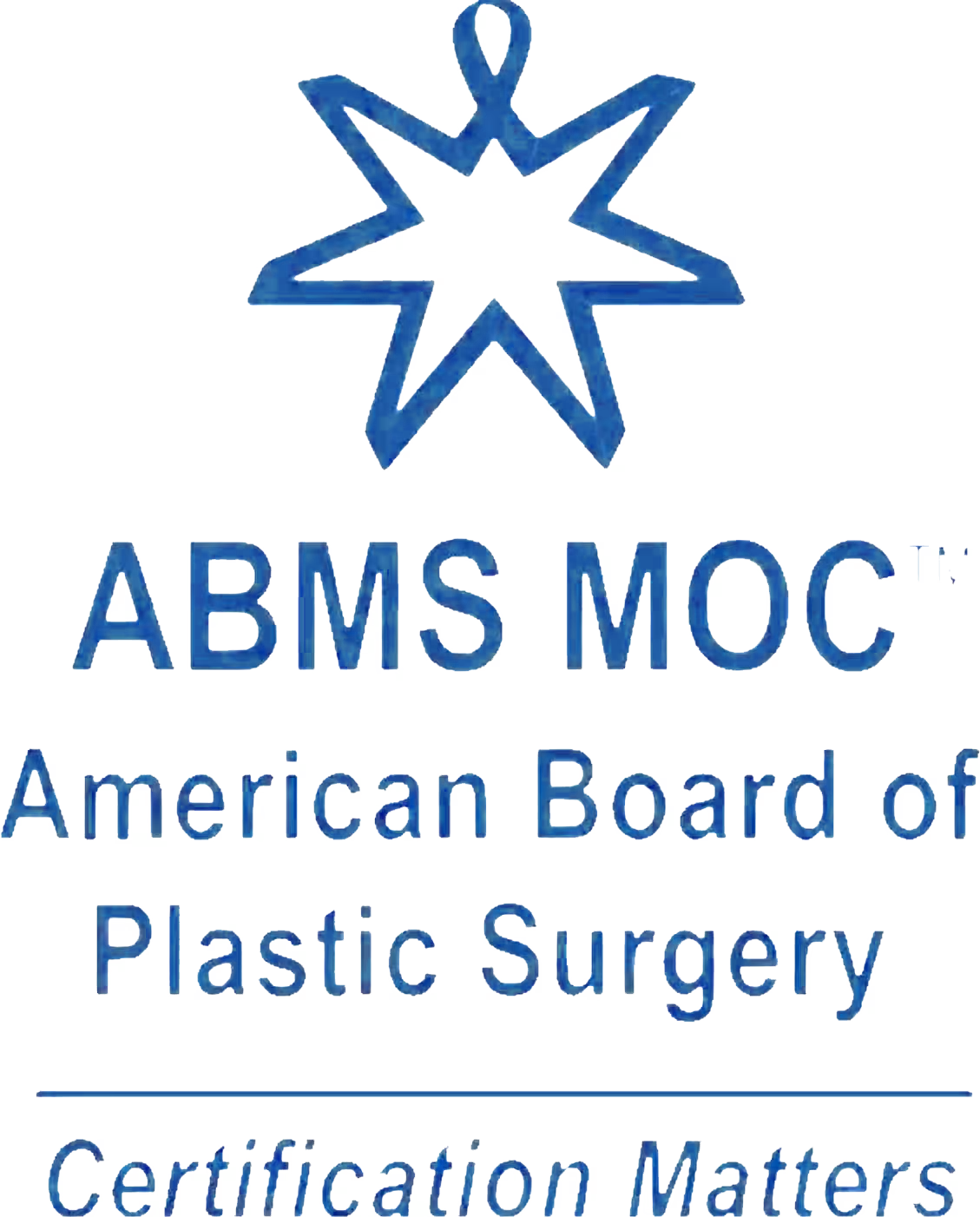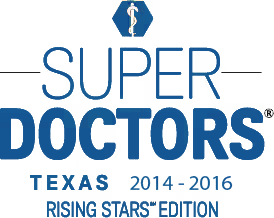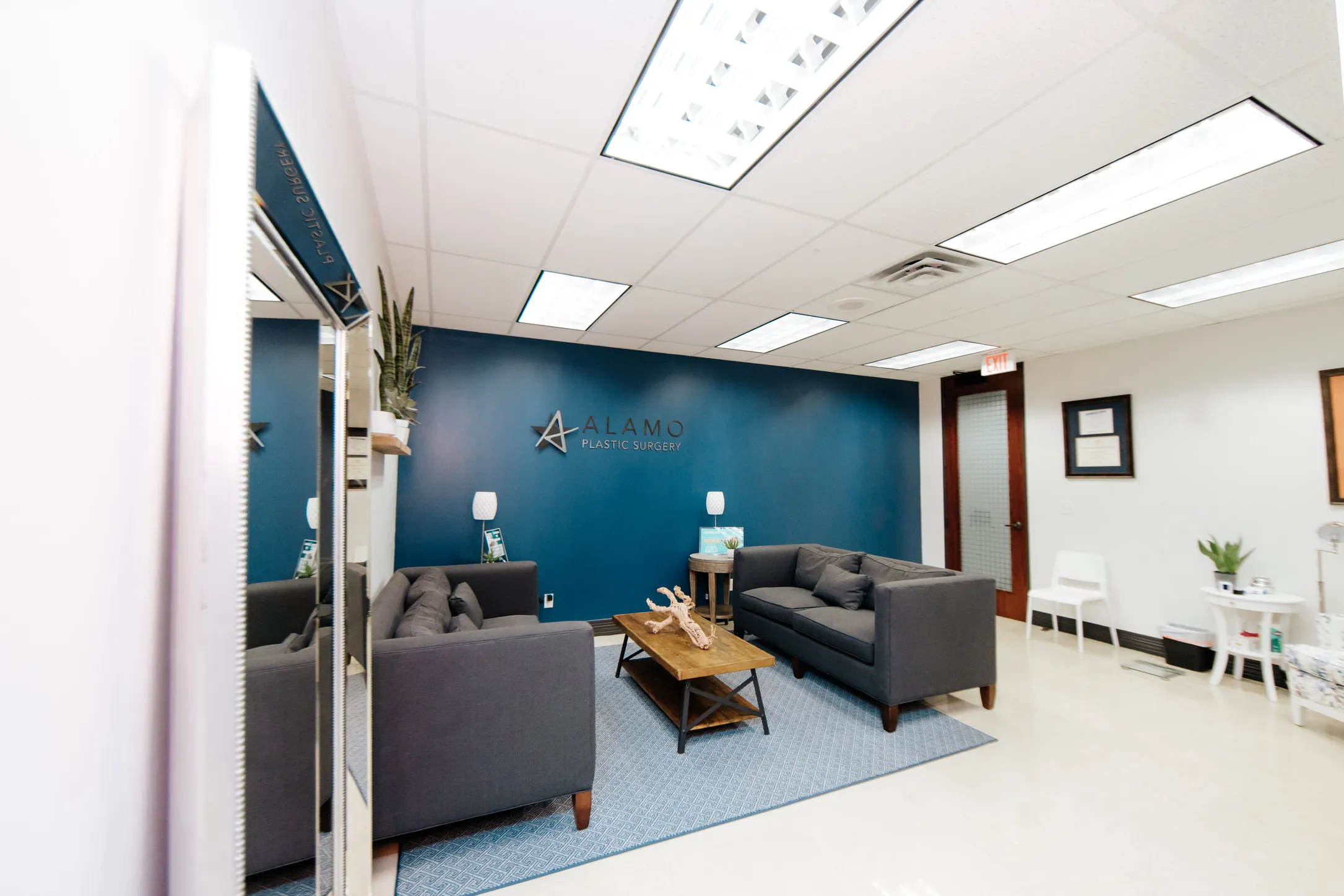
For all breast implant patients, there comes a time when a touch-up or perhaps even a major revision is needed to rejuvenate the look and feel of the breasts. The question is always when, not if. Just as we expect the breast tissue itself to change with age, augmented breasts will also “age”. This process can lead to a variety of distressing functional and cosmetic issues which may or may not require surgery to correct. Although many women have anxiety about revision breast augmentation surgery, Dr. Albright is here to help! He will give an honest assessment of the underlying problems and possible solutions to achieve an improved and more rejuvenated breast.
The first step to approaching breast implant revision is to identify the problem. The common functional problems with implants are capsular contracture and implant rupture. These issues require surgery to fix and may need to be fixed sooner rather than later. Dr. Albright, one of the best Breast Implant Surgeons in San Antonio, TX, will discuss more detailed recommendations during your postoperative visits.
Even without a functional problem with the implants, plastic surgery patients may be dissatisfied with the appearance of their augmented breasts. The cosmetic issues involved are more complex than many realize, as the problem may relate to the implant, the overlying breast/soft tissue, or, most frequently, a combination of both. Dr. Albright is an expert in identifying these issues and utilizes the most up-to-date surgical procedures to address these concerns.
Dr. William Albright, MD, is a trusted plastic surgeon in San Antonio, TX. He is board-certified by the American Board of Plastic Surgery. He specializes in cosmetic and body surgery, including breast augmentation, breast lift, tummy tuck, and mommy makeovers. Schedule your appointment today at (210)-670-5302.
Great, so how do we fix the implants?
Dr. Albright utilizes the most up-to-date techniques to improve outcomes in revision breast implant surgery. Although no augmentation revision surgery is “permanent”, Dr. Albright will try to obtain lasting results by addressing the underlying problem with the most appropriate solutions. Get contact with Alamo Plastic Surgery is one of the best plastic surgery clinics for Breast implant revision Often multiple techniques are used during the surgery, and they include:
- Changing the implant (dimensions / volume / fill-type / implant shell surface)
- Changing the implant pocket
- Capsule adjustments including capsulorrhaphy (suture adjustment), capsulotomy (incision adjustment) and capsulectomy (capsule removal)
- Soft tissue reinforcement with mesh for implant support
- Removal of damaged excess skin
- Corrections to nipple placement
Breast revision surgery is most frequently done to replace ruptured original implants, enhance implant size, or address concerns like asymmetry.
Common Reasons for Breast Implant Revision
Common Reasons for Breast Implant Revision include both medical and cosmetic factors. Here are some of the most frequent reasons patients may seek revision surgery:
Capsular Contracture
One of the most common medical reasons for breast implant revision is capsular contracture, which occurs when the scar tissue (capsule) around the implant tightens, causing the breast to feel firm, look distorted, or become painful. Revision surgery may involve removing or releasing the scar tissue and replacing the implant.
Implant Malposition
Implants can shift over time, leading to implant malposition (e.g., implants drifting too far apart, too close, or dropping too low). This can result in an unnatural appearance and may require revision surgery to reposition the implants and restore symmetry.
Implant Rupture or Deflation
Both saline and silicone implants can rupture over time. A saline implant rupture is immediately noticeable due to deflation, while silicone ruptures (sometimes called "silent ruptures") may not be obvious without imaging. Revision surgery is necessary to remove and replace the damaged implants.
Desire for Size Change
Some patients choose breast implant revision because they want to change the size of their implants, either opting for a larger or smaller size to better suit their aesthetic preferences or body changes over time.
Aging and Natural Changes
Over time, the natural aging process, weight fluctuations, pregnancy, or breastfeeding can affect the appearance of the breasts, causing sagging or volume loss. Many patients seek revision surgery to refresh the look of their breasts by replacing the implants and possibly incorporating a breast lift.
Double Bubble Deformity
This occurs when the implant drops below the natural breast fold, creating a double bubble appearance. Revision surgery may be required to correct this issue by repositioning the implant or adjusting the breast fold.
Symmetry Issues
Some patients may experience asymmetry over time, either due to changes in the body or initial placement issues. Breast implant revision can be performed to restore a more balanced, symmetrical look.
Implant Rippling
Rippling occurs when the edges or surface of the implant become visible or palpable through the skin. This is more common in saline implants or in patients with thin breast tissue. Revision surgery may involve switching to silicone implants or placing the implants in a different position to reduce rippling.
Patient Dissatisfaction
Some patients are unhappy with the original results due to aesthetic preferences or surgical complications. Revision surgery can address these concerns by adjusting the implant type, size, or placement to achieve the desired outcome.
Surgical Techniques for Breast Implant Revision
Breast implant revision surgery involves different techniques to address implant appearance, positioning, or complications. Here are some standard surgical techniques used during breast implant revision:
Implant Replacement
Implant replacement is one of the most common techniques in breast implant revision surgery. It involves removing the existing implants and replacing them with new ones.
Capsulectomy
A capsulectomy is performed when a patient experiences capsular contracture, which occurs when the scar tissue (capsule) that forms around the implant becomes excessively tight or hard. This condition can cause discomfort, pain, and distortion of the breast shape.
Capsulorrhaphy
Capsulorrhaphy is a surgical technique used to correct implant malposition. Malposition occurs when implants shift from their original position, leading to issues like bottoming out, lateral displacement, or symmastia (when implants move too close together).
Breast Lift (Mastopexy)
A breast lift (mastopexy) is frequently combined with breast implant revision surgery, especially if the patient has experienced sagging or excess skin due to aging, weight fluctuations, pregnancy, or breastfeeding.
Fat Grafting
Fat grafting, known as fat transfer, is an increasingly popular technique in breast implant revision surgery. It involves harvesting fat from areas of the body with excess fat (such as the abdomen, thighs, or flanks) using liposuction and injecting it into the breasts.
Acellular Dermal Matrix (ADM)
Acellular Dermal Matrix (ADM) is a biological material that supports and reinforces the breast tissue during implant revision surgery. ADM is often used in cases where the patient’s natural tissue is insufficient to support the implants adequately or in patients with recurrent capsular contracture.
Typical Recovery Timeline
First Few Days:
You will experience swelling, bruising, and some discomfort, especially around the chest and incision areas. Pain medication will help manage discomfort during this phase. It's essential to rest and avoid strenuous activities.
1 to 2 Weeks:
Most patients can return to light activities and non-physical work within 7 to 10 days. However, physical exertion and heavy lifting should still be avoided. Swelling will start to reduce, but you may still feel tightness in the chest.
4 to 6 Weeks:
Patients can typically resume normal activities, including exercise, at 4 to 6 weeks, but it's important to receive clearance from your surgeon before engaging in any strenuous physical activity. By this time, the swelling should have subsided significantly.
3 to 6 Months:
Full recovery and the final results of your surgery, including implant positioning and reduced swelling, will become visible around the 3 to 6-month mark. Scars will also begin to fade during this period.


.webp)

































